transumbilical breast augmentation
New York City plastic surgeon, Dr. Leonard Grossman is dedicated to bringing you the newest yet tried and true surgical techniques and procedures to give you the desired results in the safest manner. Under Dr. Grossman’s and his staff’s care, you’ll enjoy privacy and professionalism throughout your treatment. From your first consultation to your last check-up, Grossman wants to help you maximize your potential and obtain your aesthetic goals — without feeling like just another number.
The art of endoscopic surgery has spawned many innovative techniques that have improved the standard plastic surgery procedures available today. These new methods have resulted in smaller incisions, less operating room time, decreased recovery time, and fewer infections. Endoscopic surgery is considered to be less invasive and traumatic to the patient than the older methods and is quickly gaining favor with both surgeons and their patients.
Fortunately, Breast Augmentation is no exception. It is now possible to have breast enlargement surgery without the tell-tale scars on or anywhere near the breasts. No one has to know that you have had augmentation with breast implants, but you. Within the pages of this website, we will cover the specifics regarding transumbilical breast augmentation (T.U.B.A.). You will learn many aspects of this surgery — from its history to its myths — to make an informed and educated decision before your surgical commitment. Although scars are a given in plastic surgery at this time, visible, long, and visible incisions don’t have to be. Dr. Leonard Grossman has countless satisfied patients who have opted for this modern, scarless technique.
Dr. Grossman offers a variety of plastic surgery procedures to improve your face and body, including blepharoplasty (or eyelid tuck), breast lift surgery, breast reduction, various brow lift procedures, cheek and chin augmentation, facelift surgery, liposuction, rhinoplasty and more. Non-surgical procedures include Botox, Xeomin, and Dysport treatments, Hyaluronic Acid Fillers, chemical peels, laser resurfacing, lip augmentation, physician skincare, and more. Dr. Grossman also offers a full-service spa at the Brooklyn office.
Dr. Grossman’s staff is highly trained and empathetic to your needs as an individual. When the surgical and office staff care for you, you will feel part of the family. With a genuine interest in patient satisfaction, Dr. Grossman’s team will try their best to put you at ease if you should ever require anything to improve your pre- and post-operative experience while under the care of The New York Center For Plastic Surgery. Do not hesitate to ask.
What is Transumbilical Breast Augmentation?
Transumbilical Breast Augmentation, also known as T.U.B.A., no scar surgery or belly button breast augmentation, and Endo BAM, is a procedure in which the breast implants are placed through the umbilicus, navel, or belly button to increase breast size. As a result of this surgery, a larger breast is created with NO scars on the breasts or in the armpits. People who don’t know how to perform this surgery have caused a lot of controversy in the past. Many surgeons who have not been trained in this technique scoff at its safety and effectiveness despite the fact that there are fewer complications and less physical stress associated with this method.
Transumbilical augmentation produces excellent results for patients, usually with less downtime and unnecessary postoperative care than with standard incision sites. When breast size is substantially increased, this endoscopic technique is extremely beneficial. The reason is, that there is no tension on the incision line, which can cause the wounds to open, resulting in infection and unsightly stretched scars. A large number of patients who require breast lifts and augmentations can also benefit from this procedure. However, patients needing a lot of mastopexy (breast lift) who are opting for such will usually have their implants placed through the mastopexy incision. If you desire larger breasts, need breast reconstruction, and don’t want or just need a small or moderate lift, and are in good physical shape (no active diseases, disorders, or mental instabilities) with good skin elasticity, T.U.B.A. may be the procedure for you.
THE HISTORY OF TRANSUMBILICAL BREAST AUGMENTATION
Transumbilical Breast Augmentation, referred to as T.U.B.A. hereafter, was invented in October of 1991 by Houston, Texas surgeon Gerald W. Johnson, M.D. Dr. Leonard Grossman was one of the first plastic surgeons Dr. Johnson personally trained. From 1996 to 2023, Dr. Grossman has safely performed this procedure over 8,000 times, and it is becoming the technique of choice for many respected and well-known plastic surgeons. When performed by a trained and competent surgeon, T.U.B.A. most certainly has its advantages over the standard incision placements in bringing you a less invasive approach to surgical breast enlargement surgery with a faster recovery, fewer complications, and even superior results. One of the main benefits is the lack of evidential scars on the breasts or the axilla (armpits). With this endoscopic approach, only one (1/2 inch) incision is made within the umbilicus (navel, belly button) for the placement of one or both breast implants.
In the earlier stages after the introduction of this technique, breast prostheses (breast implants) were only placed in the sub-glandular position (referred to most times as “overs” or “over the muscle”). As more experience was gained with this technique, Dr. Grossman further realized that sub-pectoral implant placement was also possible and, in fact, more accessible to perform. Tools were redesigned and utilized in the dissection of the pectoral muscle to make way for this popular placement. Sub-pectoral implant placement allows many women who have little or no breast tissue and fat to have adequate tissue coverage over the edges of the implants. Many women report that this placement gives them a more natural, sloping result — rather than an abrupt roundness of the upper poles of the breast. This placement may also help hide the rippling, which may occur at the medial or lateral edge of the breast.
Dr. Leonard Grossman is one of the most skilled and well-respected surgeons in the world, who has improved upon the techniques of transumbilical breast augmentation and continues to advance in cosmetic breast surgery.
T.U.B.A. Recovery: What to Expect
You will most likely smile when you wake up, not cry or whimper like you may have seen on TV. It will be completely painless for you. Until you are ready to go to the waiting area, your immediate family may stay with you.
There are no recovery rooms in our facility. In the same room where your surgery was performed, you will stay and recover. We have operating tables that are warm and comfortable, and no one will rush you since we have more such operating rooms. Nonetheless, with our excellent anesthesia, you will be ready to go home within 20 to 30 minutes after you wake up and be ready to go home. Unlike in a hospital setting, you will not be cold or shiver the whole time. In addition, you will also be under a warm blanket the whole time.
As the local anesthetic wears off, you may experience discomfort/pressure in your chest and very little in the abdomen. This usually happens a few hours after the procedure. If so, you may take one of your pain relievers. It is unlikely that your pain medication will not be able to relieve all of your pain. Nevertheless, each patient has a different pain threshold.
You will NOT feel nausea with our anesthesia. When you wake up from anesthesia, a cup of hot tea will be served to you almost immediately. Following surgery, you can eat whatever you like, and most of our patients feel hungry and happy immediately after TUBA.
Your assigned caretaker will drive (take) you home after you are released from our Surgery Center. Keeping a post-operative travel kit in your car is a good idea. Prepare these items and have your caretaker set them up after your surgery. For a more comfortable ride home, this kit will certainly be helpful. The following items may be included:
- To provide support and comfort in the vehicle, arrange pillows around you
- a small, warm blanket
- a medium-sized plastic bucket with a lid in case you get sick on the way home from being in the back seat (very rare)
- bottled water
Once you are home, you should set up a recovery area. This recovery area may include pillows, bottled water, medications, a cordless phone, a remote control, books, and a laptop. If you get hungry, make sure you have something to eat. If you need to “torture” your caretaker while they are in the other room, you may want a bell.
During your recovery, consider what you may need. Put items within easy reach if you believe you might need them. You cannot raise your arms or bend over easily right away. For the next few days, you may want to rest. Many patients report feeling well within a day of T.U.B.A.; some feel better within 3 to 4 days. Be gentle with yourself. Follow Dr. Grossman’s post-operative instructions and listen to your body.
In the following day’s appointment, Dr. Grossman will have your dressings completely removed. At this point, you may shower freely. However, standing up for any period while medicated may be dangerous. Use a recovery shower chair or your caretaker’s assistance unless you’re lucky enough to have one built into your shower. Of course, none of this is necessary if you need no narcotics for pain relief, which would make you like the majority of our patients.
There will be many changes during the healing phase in the next few weeks, but don’t panic. If something concerns you, inform Dr. Grossman or his staff. You may experience an increase, decrease, or diminished sensitivity, heat or cold sensations, sharp pains, or hear bubbles under your skin crackling. There may be bruises, pointy breasts, asymmetrical breasts, flat breasts, too big breasts, too small breasts, too high breasts, and a variety of other complaints about your breasts. It is important to be patient during the healing phase, especially since the implants’ sub-pectoral (sub-muscular) placement. With subpectoral implant placement, you will experience more soreness, tense muscles, and spasms in the upper back, and the pressure on your breasts may cause them to appear constricted. There will be an end to this. As a result of the surgical stretching, your muscles have suffered trauma and must heal before they can return to normal. Please do not hesitate to contact us at any time during your recovery if you have any questions.
ABOUT THE SURGERY CENTER
The majority of Dr. Leonard Grossman’s procedures are performed at his new, state-of-the-art, Accredited Facility Surgery Center: New York Center For Plastic Surgery, located at 3039 Emmons Avenue in Brooklyn, New York. There are fully-equipped operating rooms and a full-service spa, as well. Dr. Grossman’s surgical staff is highly trained to handle your needs. From Botox TM and Restylane to breast augmentation and facelifts, you are well cared for in a private, comfortable atmosphere. If you have any special needs, Dr. Grossman and his staff would be happy to assist you and help meet these needs.
Having your procedure performed in a private outpatient facility offers convenience and confidentiality and helps lower costs for you, the patient. Your safety is our highest priority.
How T.U.B.A. Surgery is Performed
Since T.U.B.A. is often performed in less than one hour, This procedure is most commonly performed under sedation, sometimes called light sleep (Twilight), IV sedation, conscious sedation, combined with local anesthesia, by one of the most experienced surgeons – Dr. Grossman. Two parts of this anesthesia are administered: (1) a sedative drug that induces a light sleep (Propofol), and (2) Lidocaine/Marcaine diluted with epinephrine. The anesthesiologist will administer analgesic drugs to promote sleep, loss of memory, immobility, ability to feel pain, etc. Constricting the blood vessels in the incision or dissection area provides additional pain relief and decreases bleeding risks using local anesthetic.
Dr.Grossman will talk with you before surgery, mark you for surgery, and then take you into the operating suit. In these markings, the tunnels will be drawn up to the breast, the pocket dissection dimensions, and the mammary fold (crease under the breast) will be lowered if necessary.
You will be sedated, prepped, and stabilized before your surgeon injects local anesthetic around your navel and all around your treatment area. An incision will be made in your navel, and he will begin the dissection of the tissues around your umbilicus (navel). Afterward, he will insert a tunneling device that will create a tunnel from the umbilicus to the breasts. During blunt (no cut) dissection, fatty tissues are separated under the breasts from the navel entry point. Once both tunnels have been created, the tunneling device or endo tube is inserted beneath the muscle and the breast mound. It is generally preferred to place the endoscope sub-pectorally with T.U.B.A. The pectoralis major muscle is the larger chest muscle that branches from the shoulder and arm. As a result of this placement, the upper poles of the breast mound will have a more natural slope, resulting in less breast droopiness.
For the formation and placement of the tunnels, an endoscope, a small camera, is inserted after or during general dissection. After inserting the endoscope through the navel, Dr. Grossman can see via a monitor where and what has been done or what still must be done to achieve an adequately created implant pocket. The endoscope is removed once the tunnels above or below the pectoralis muscle have been successfully created. Next, a tissue expander (basically a balloon with attached tubing) will be rolled up on both sides to fit easily within the front of the endo tube. The endo tube will push the tissue expander where the pocket will be made. Your surgeon will fill the tissue expander with saline using an electric liquid pump. Once the expanders (sizers) are in place and the breasts have a beautiful new shape, the expanders are removed and replaced with saline-filled implants. The fill tubing is removed and a diaphragm valve seals the implant. The belly button receives three to four dissolvable stitches. A small dressing is placed over the belly button. The surgery is now finished.
FAQ
There are many misconceptions regarding trans-umbilical breast augmentation. Unfortunately, many of these erroneous beliefs are spread by surgeons who have never been trained to perform this procedure. The most common myths and frequently asked questions are covered in the section below. If you have any questions, don’t hesitate to contact Dr. Leonard Grossman’s office anytime.
Dr. Grossman recommends the sub-pectoral placement in the majority of his patients. The sub-pectoral placement procedure takes less time than the sub-glandular one and is widely preferred by many women.
This approach is considered scarless because no scar is usually visible, but a tiny scar is hidden within the belly button or navel.
Dr. Grossman has never personally experienced a case in which this has happened to his patient. In the unlikely event that this was to occur, it is more than likely a connective-tissue failure to adhere to the fascia of the abdomen muscles and not technique-specific. If you may notice tracks post-operatively, it is usually very temporary until the tissue adheres again from the dissection.
False. This is another fallacy regarding T.U.B.A. Asymmetry, which is almost always present preoperatively in every patient. The surgeon’s skill plays a significant part in correctly determining the appropriate implant size and placing this implant in the proper position. Asymmetry is just as common in traditional incision placements as it is with T.U.B.A. and depends upon the skill and experience of the surgeon and limitations of correctability of the present anatomy of the patient.
There are no incisions on the breasts and no significant amount of sutures to deal with during the healing phase after T.U.B.A. Hence, there is no tension on the suture lines as with non-endoscopic approaches (areolar, infra-mammary). Although many patients report less pain and need less pain medication after T.U.B.A., each patient’s pain threshold is different. However, the subpectoral placement will always have a certain degree of discomfort associated with it because the pectoral muscles are separated and stretched from the chest wall to accommodate the breast implants.
False. This is one of the top misconceptions regarding T.U.B.A. The implant is rolled up no more than with the trans-axillary (underarm) and areolar incisions. Only blunt objects ever touch the breast implant. The implant is never under any stress or damage during implantation or the filling process. The manufacturer’s warranty is in full effect with T.U.B.A.
Not at all. You can keep your navel ring or barbell intact before and after surgery. However, it would help if you scrubbed the area gently but thoroughly the night before surgery with an antibacterial soap to lessen the chance of infection. During your surgery prep, we will also sterilize this area. We may remove it during your surgery and replace it afterward if necessary. However, if this is a newer piercing and an infection is present (oozing or pus), you may be asked to remove it and let it heal before your surgery can be carried out. Sharp belly button rings are removed.
False. Although some surgeons like to tell you this, T.U.B.A. usually takes less time and uses fewer surgical materials (fewer sutures, surgical sponges, surgical tape, and gauze) than traditional methods. You are in the Operating Room and under anesthesia for much less time than in a conventional procedure. Why would it raise the costs? Undoubtedly, this may be used as a gimmick since we all want as little scarring as possible; we’d pay more for it. It is less invasive and traumatic for the patient. Therefore, Dr. Grossman does not charge more for TUBA and prefers it over the other approaches.
There is no reason to have additional scars for a simple ruptured saline implant replacement surgery. The incision will be made where your original incision was placed, and the implant will be removed and replaced. The replacement operation usually involves less or no pain than the primary surgery.
Yes, but not necessary since there is no need for an additional scar in the navel when the breast lift incisions are large enough for implant placement. Your breast lift incisions, depending upon the technique, which will be determined by the degree of ptosis (sag), are more than enough room for sub-glandular and subpectoral implant placement.
The cohesive silicone gel implants are pre-filled and must be implanted via the mammary fold, peri-areolar or arm pit incisions. Pre-filled breast implants are too large to fit through the navel.
Although there is always the chance of infection due to unforeseen problems such as improper wound care post-operatively or the rare opportunity of bacteria on the surface of the breast implant, chances of infections are greatly lessened due to the placement of the incision and the lack of implant-breast tissue exposure. The incision is not near the breast tissue, nor is the breast implant ever passed through the actual skin of the breast, where bacteria naturally live on the surface of our skin or inside the breast ducts. The ducts within the breast are never cut or disturbed with T.U.B.A., which would release these bacteria, nor is the implant passed through this ductwork where bacteria naturally live. The implant is passed through a sterile tunnel, created from your navel to the breast under the skin, so it has an untainted passageway into your body. In fact, no patient had an infection in more than 8,000 T.U.B.A. breast augmentation performed by Dr. Grossman.
True The tissues in the T.U.B.A. procedure aren’t cut with a blade or cautery (electric knife). Tissues are stretched; therefore, bleeding is highly uncommon, and in fact, Dr. Grossman has never encountered a patient who bled after T.U.B.A.
True The leading causes of capsular contractures are infections, hematomas (bleeding), and lack of breast massage. We mentioned above that bleeding and infections are extremely rare (we have had none). As far as breast massages are concerned, only with T.U.B.A. can you comfortably massage their breast immediately after surgery because there is no fear that the sutures might break since the only sutures present are in the belly button and not on the breasts. Breast massage is what prevents capsular contractures.
False If your implant(s) should deflate, or you desire to have larger or smaller implant replacement, you don’t need to be cut on the breasts; you can have the implants replaced using T.U.B.A. and have a safer and easier recovery.
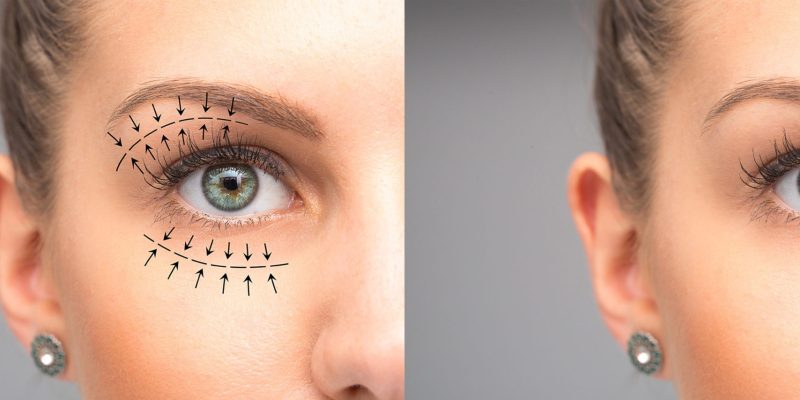
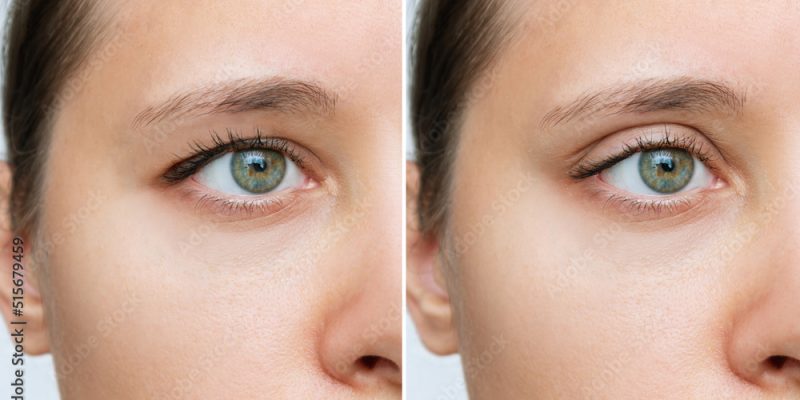
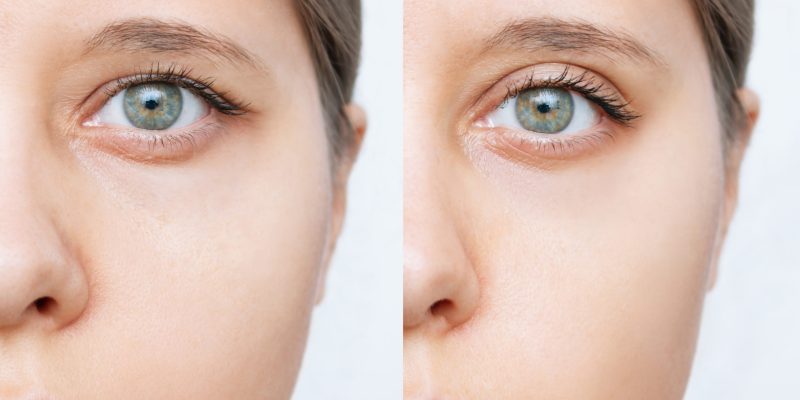
1. No scars on or near the breast.
2. Breasts look more natural quicker than with any other approach.
3. Chances of losing sensation to the nipple or the breast are considerably smaller than with traditional approach (less than 1% with TUBA).
4. No bleeding complications have occurred in more than 6,000. In traditional breast augmentation there is always some bleeding caused by cutting.
5. Any size implant can be placed the first time around with NO SIZE LIMIT.
6. Quicker surgical time 20-30 minutes.
7. Less anesthesia requirements and no post-operative nausea or vomiting.
8. Quicker recovery (many patients return to work the next day).
9. Less pain postoperatively (most patients take nothing “strong” for pain the day after surgery).
10. Implants can be placed under or over the muscle (99% of our patients get under the muscle implants).
11. Fewer capsular contractures occur with TUBA (in our experience less than 1%).
12. Infections: in our large series of patients (over 6,000) not a single patient had infection. Note: in traditional breast augmentations infections occur as much as 19.5% of the time.
13. Implants can be quickly exchanged the very same way at any time (through the belly button): for new implants, larger or smaller ones.
14. Implants can be exchanged by means of TUBA even in patients who have had traditional saline breast augmentation surgery; this way you avoid unnecessary cuts on the breasts and more difficult recovery.
15. One exception to the above rule: patients, who have capsular contractures, will require open revision surgery.
16. All implants come with a lifetime manufacturer’s warranty.
17. Most patients can resume gym exercise in 5 to 7 days.
18. No special bras or taping is required, you will be able to wear your favorite bra within a few days to week.
19. Showers and almost all “normal” activities can be resumed the day after surgery.
20. You can be on the beach or even go topless and no one can tell you that you have had your breasts done (unless of course you are extremely large).
1. TUBA goes inside the belly and you can suffer permanent or mortal damage.
COMPLETELY UNTRUE, the tube in the TUBA procedure goes only under the skin, through the fat never entering the inside of the belly.
2. Implants can only be placed subglandularly (over the muscle).
COMPLETELY UNTRUE AGAIN, more than 99% Dr. Grossman’s patients have the implants placed under the muscle.
3. Infections are more frequent.
Well, you know it’s ABSOLUTELY UNTRUE or WHY WOULD WE BE DOING IT.
Not a single patient in our series had an infection.
4. TUBA will result in visible lines from the breasts to the belly button.
Not completely untrue as we have seen patients from elsewhere with this condition, but using Dr. Grossman’s technique, patients don’t have this problem.
5. You will have to have your breasts cut in the future anyways.
Sounds logical, but it’s NOT TRUE. In fact it’s even easier on the patient to have implants exchanged or replaced by TUBA for the exactly the same reasons as the original breast augmentation.
Price of TUBA Breast Augmentation surgery varies according locations where the surgery is being performed (hospitals are more expensive), the placement of the implants and the size if the unusually large implants are being used. Type of anesthesia used also has impact on the price of surgery. Patients’ medical history and condition are very important in the decision making process, since the patients’ safety is of paramount importance.
The patient must know that our price of TUBA Surgery includes the implant cost, surgeon’s fee, price of the anesthesia, operating facility and ancillary staff fee as well as all the future follow up exams. When shopping for the best deal in town keep these facts in mind and also be ware that having the least expensive surgeon operate on you may eventually cost you so much more in the future. Loss of health and time seeking and needing revision surgery is very expensive.
- Transumbilical Breast Augmentation
- transumbilical breast augmentation and its benefits
- What is Transumbilical Breast Augmentation
- How T.U.B.A. Surgery is Performed
- T.U.B.A. Recovery: What to Expect
- The History of Transumbilical Breast Augmentation
- Contact Information & Locations for T.U.B.A.
PLEASE TAKE NOTE: IN NEW YORK STATE, ANY, EVEN UNTRAINED PHYSICIANS CAN PERFORM SURGERY AT THEIR OFFICE. PLEASE MAKE SURE YOUR DOCTOR IS A QUALIFIED PLASTIC SURGEON WITH YEARS OF EXPERIENCE, NOT SOME ONE WHO TOOK A WEEKEND COURSE OF LECTURES ON HOW TO PERFORM A SURGICAL PROCEDURE. ASK YOUR PHYSICIAN TO PRODUCE DOCUMENTS THAT HE OR SHE HAS COMPLETED TWO TO THREE YEARS OF PLASTIC SURGERY TRAINING AT AN ACCREDITED RESIDENCY PROGRAM.
Corrective procedures are much more expensive, than the first time, well-performed surgery.
Your goal as the patient is to do your research, make the right choice and have the surgery you have always wanted done right the very first time, by the right hands.
To schedule your consultation with Dr. Grossman please call 212-585-2133
Before and after




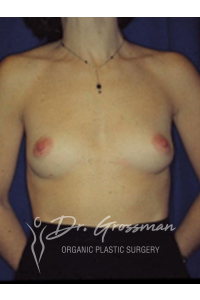
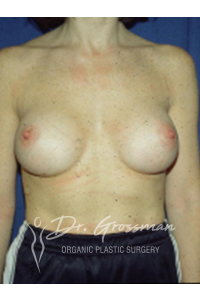
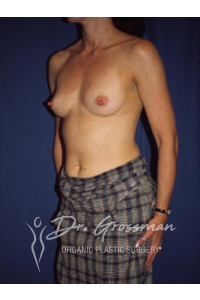
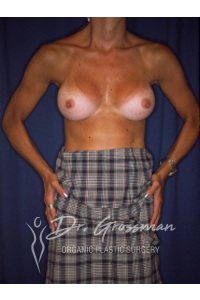
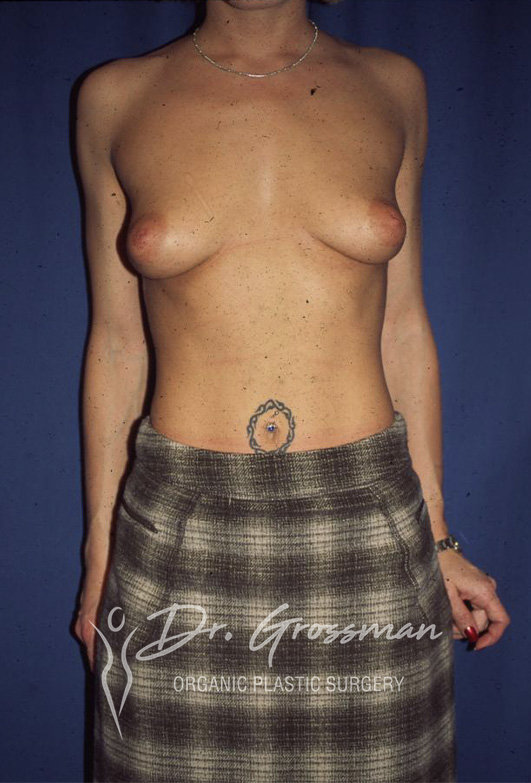
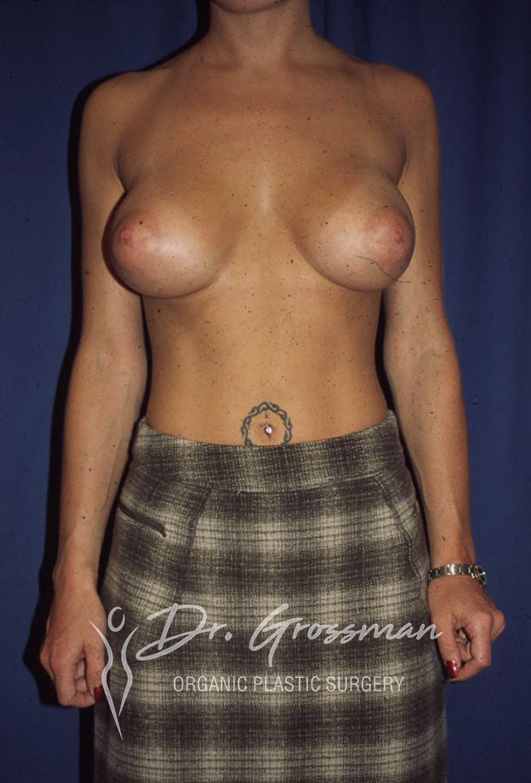
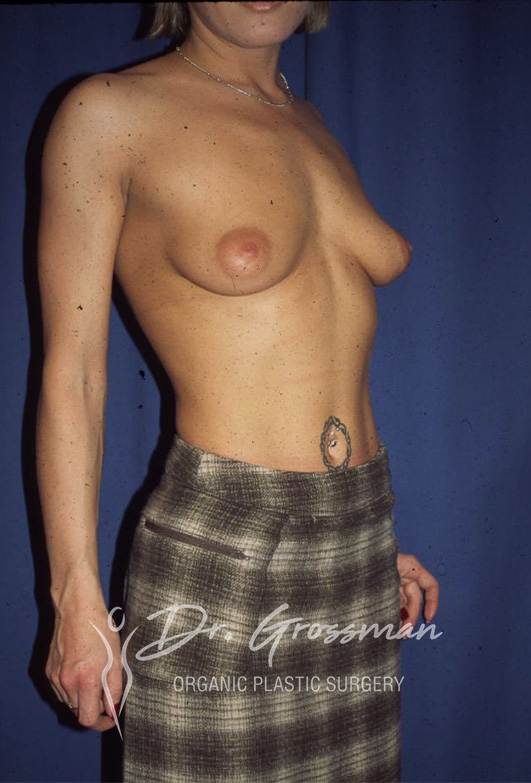
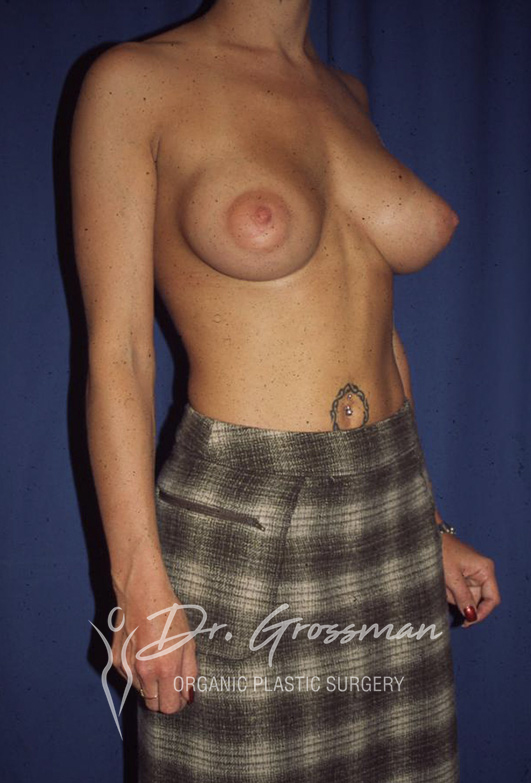
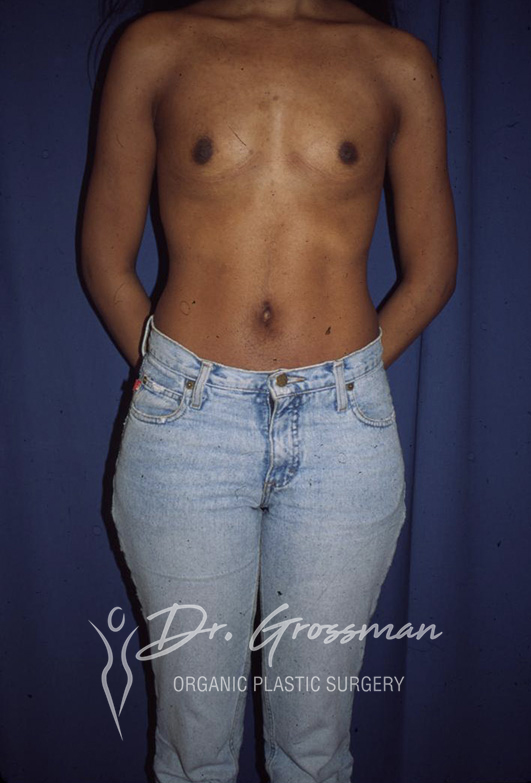
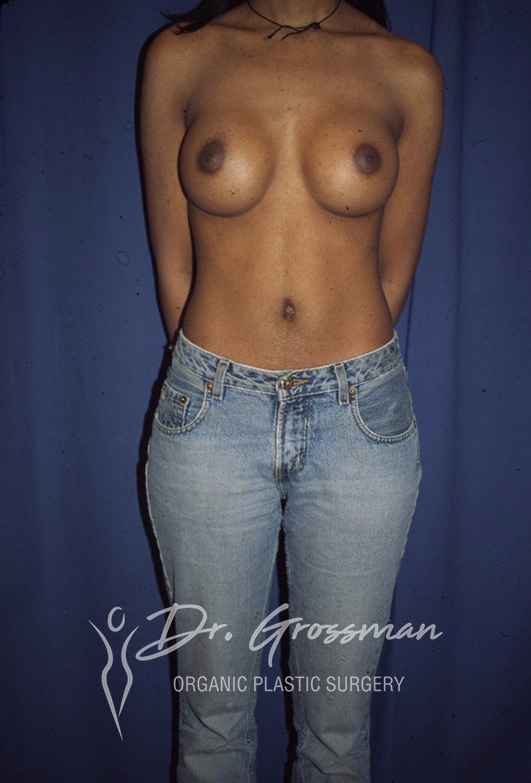
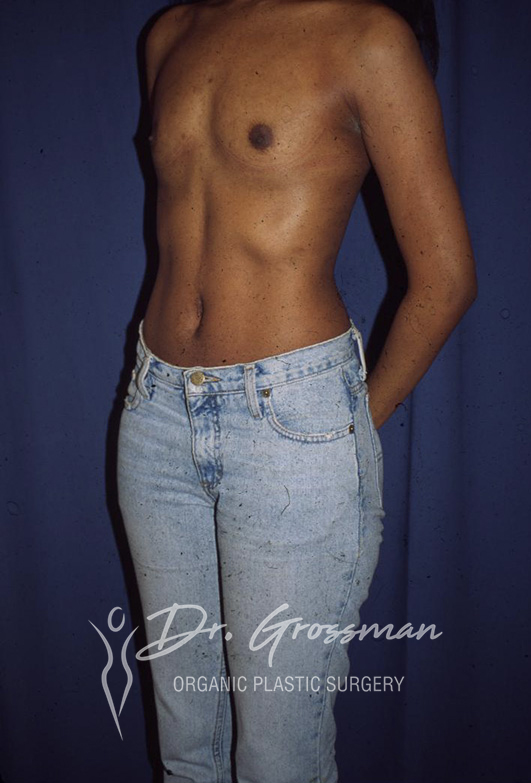
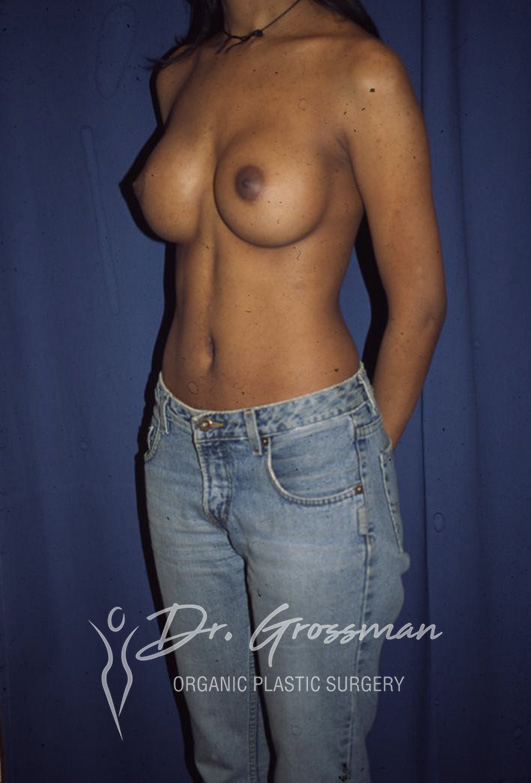
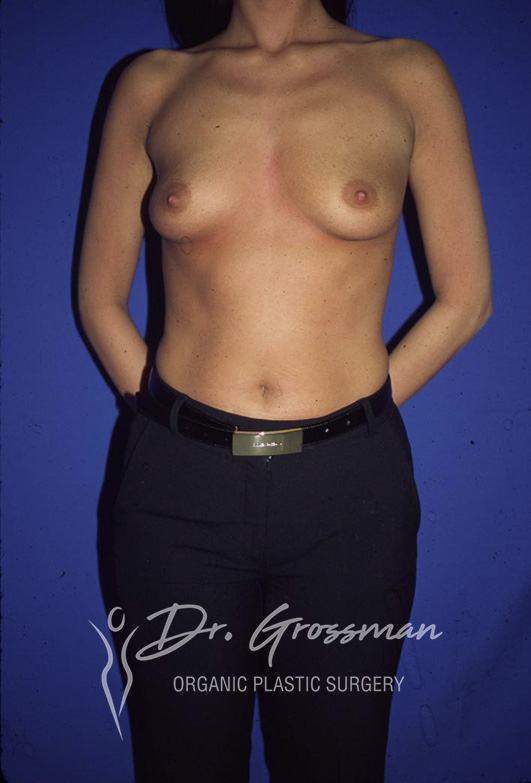
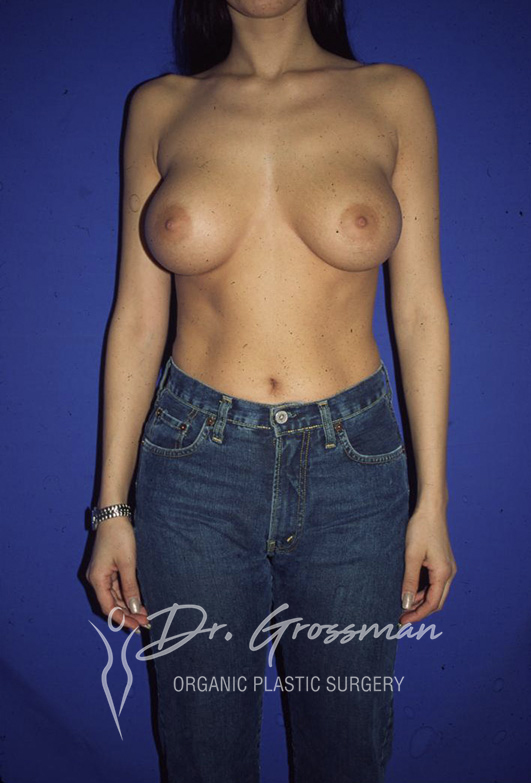
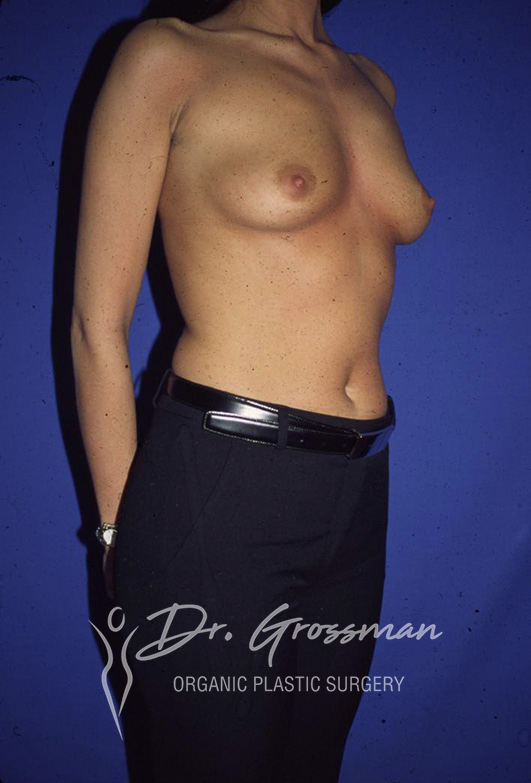
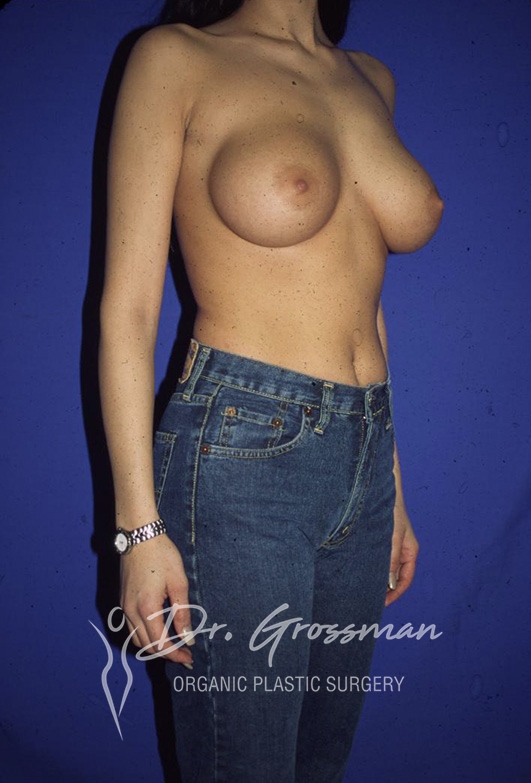
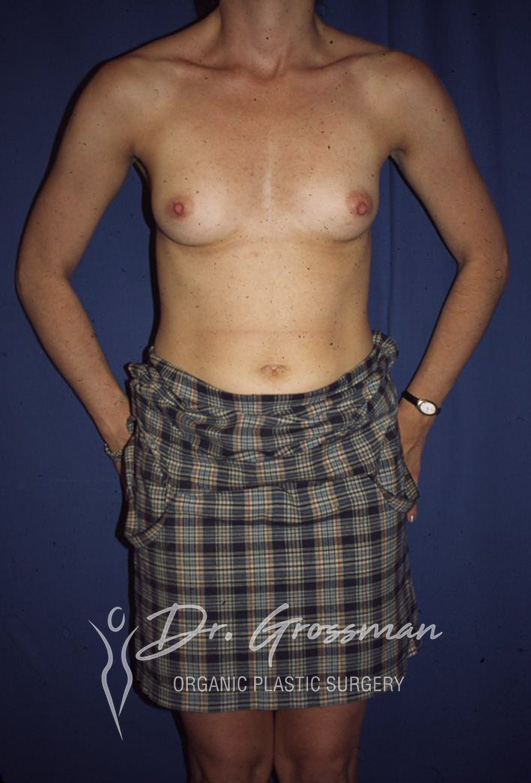
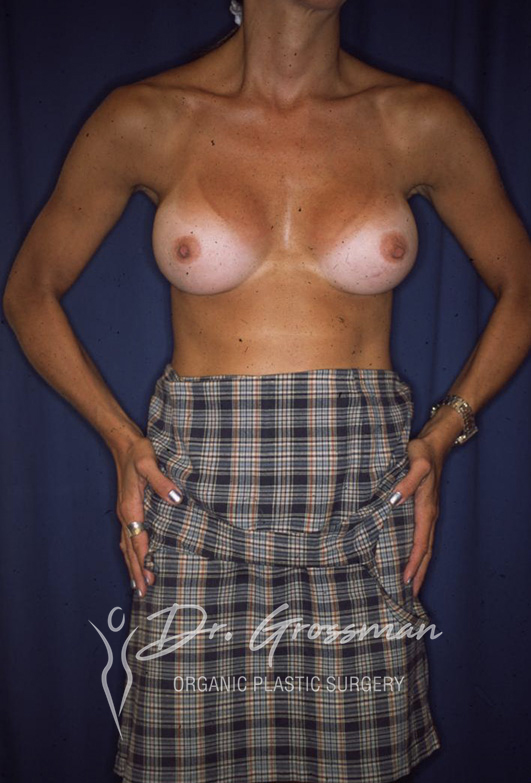
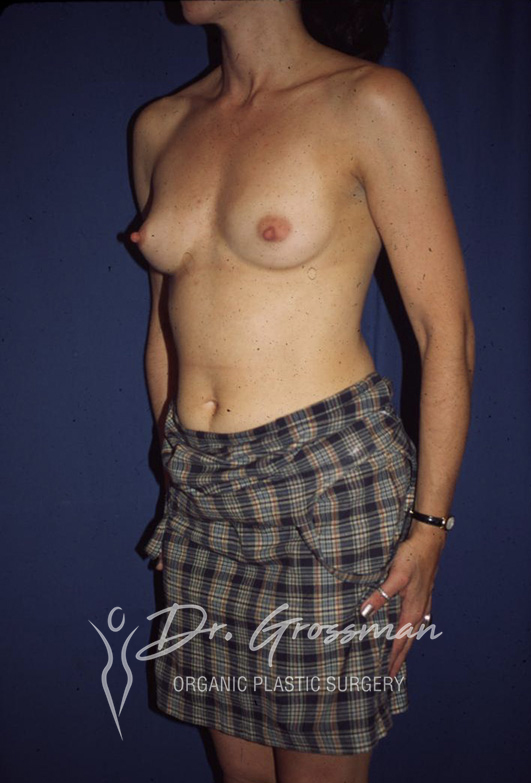
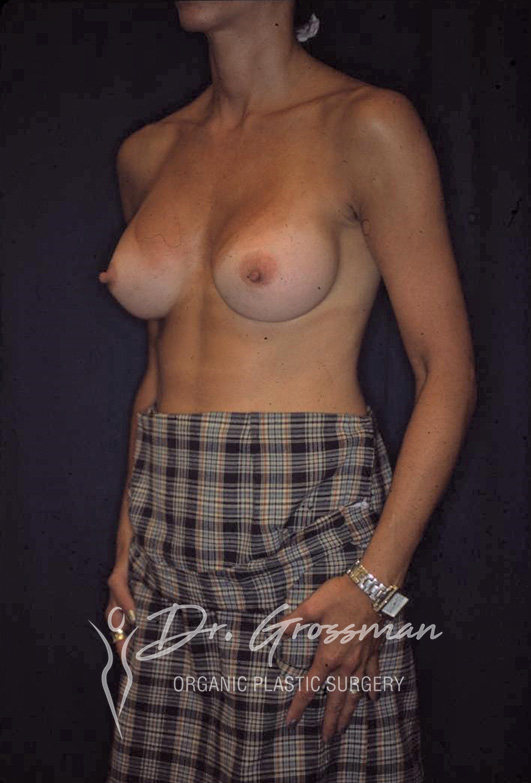
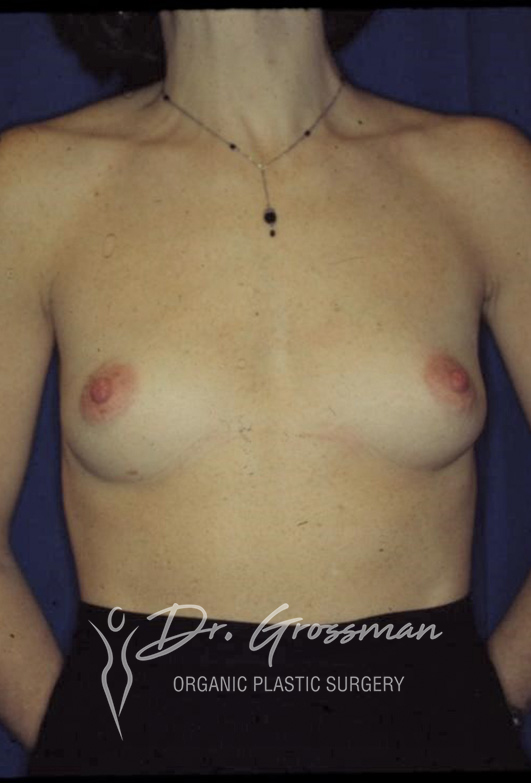
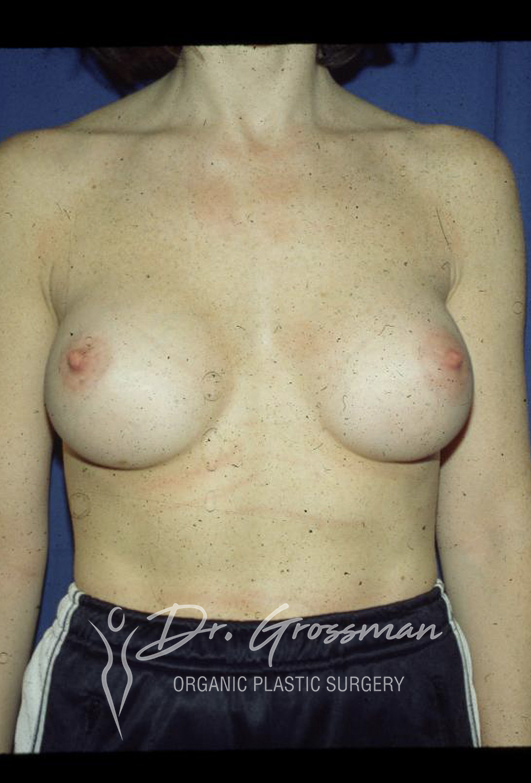
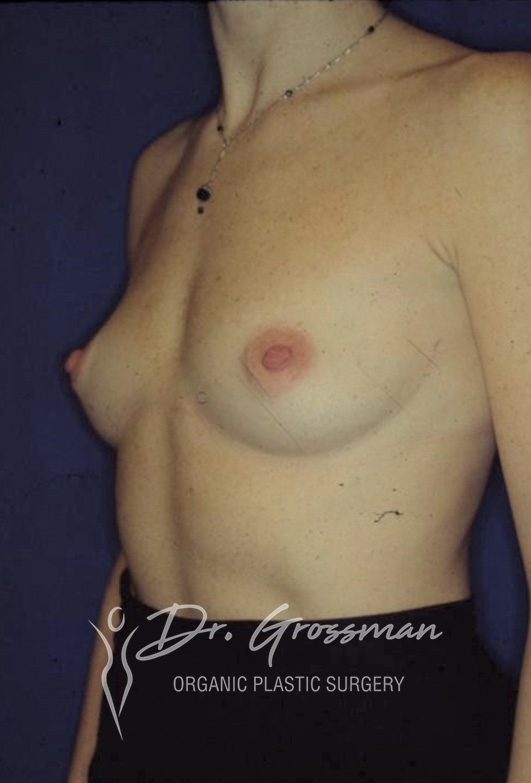
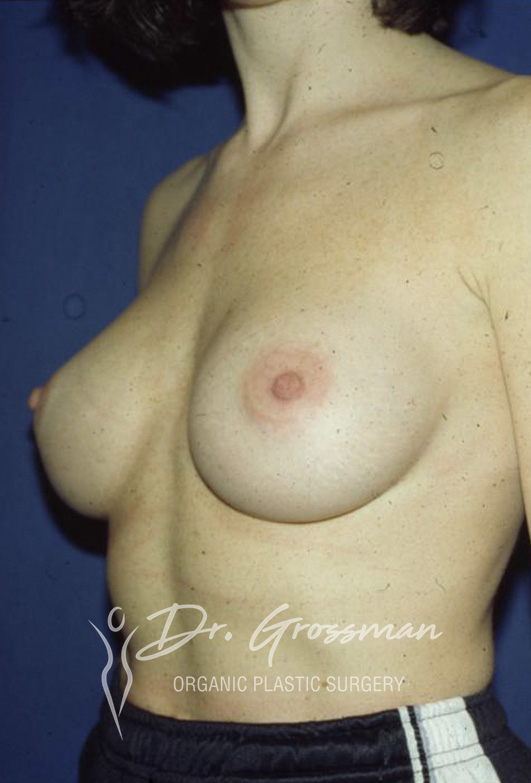
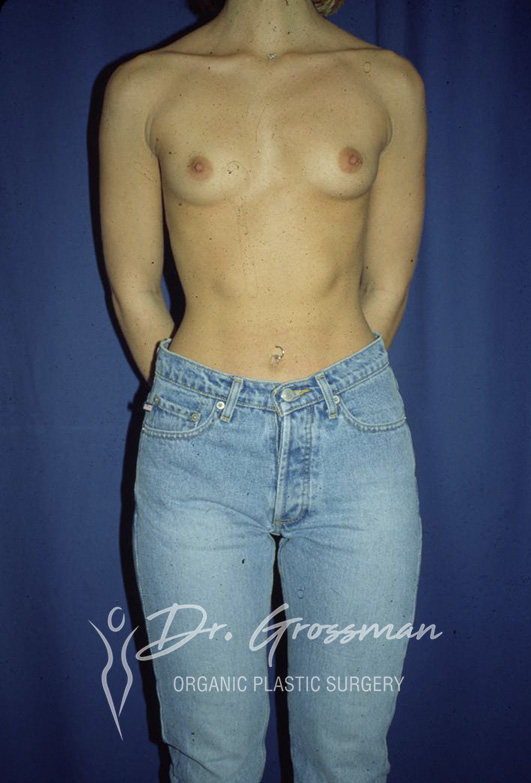
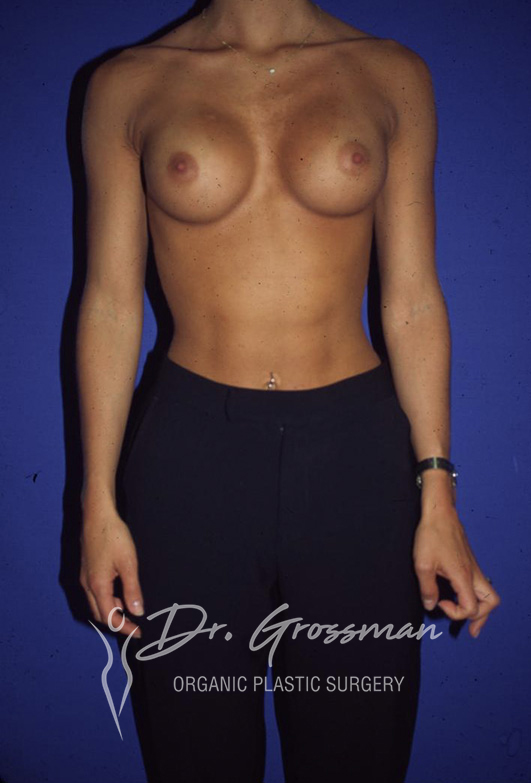
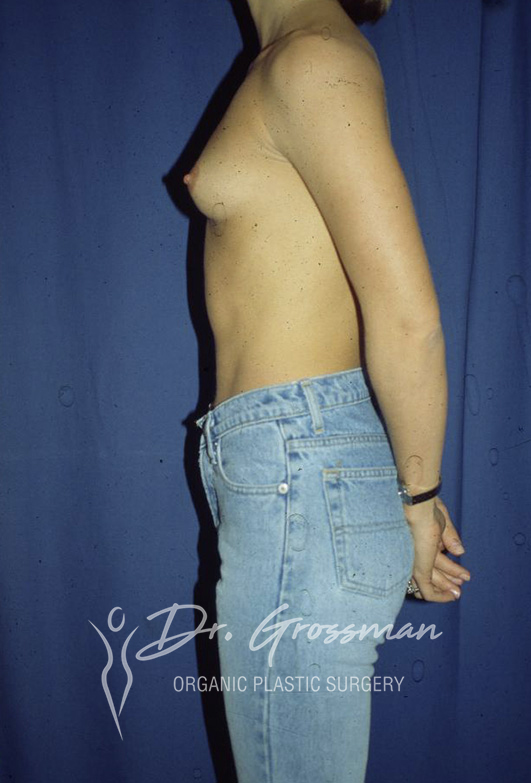
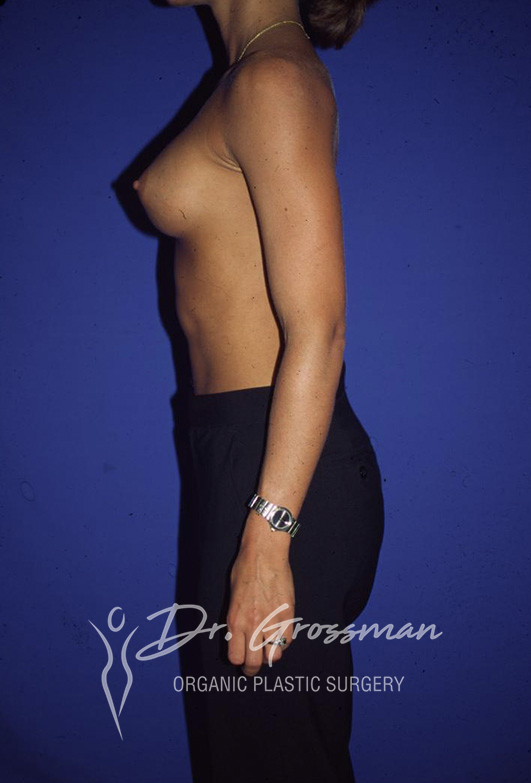
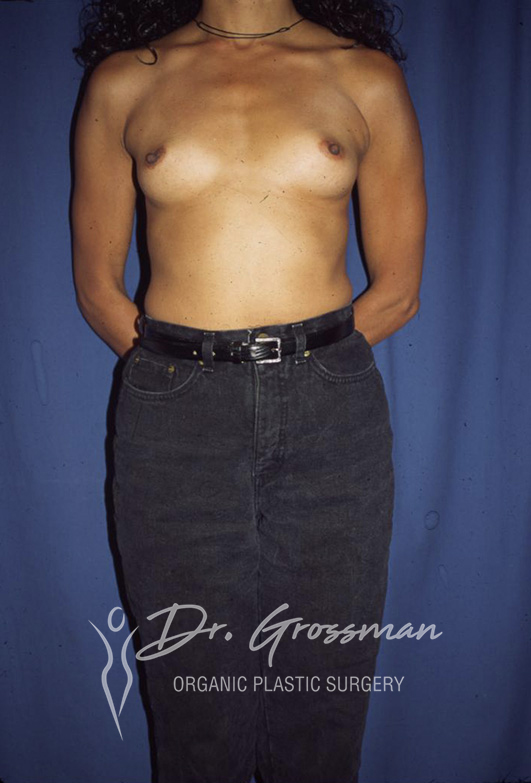
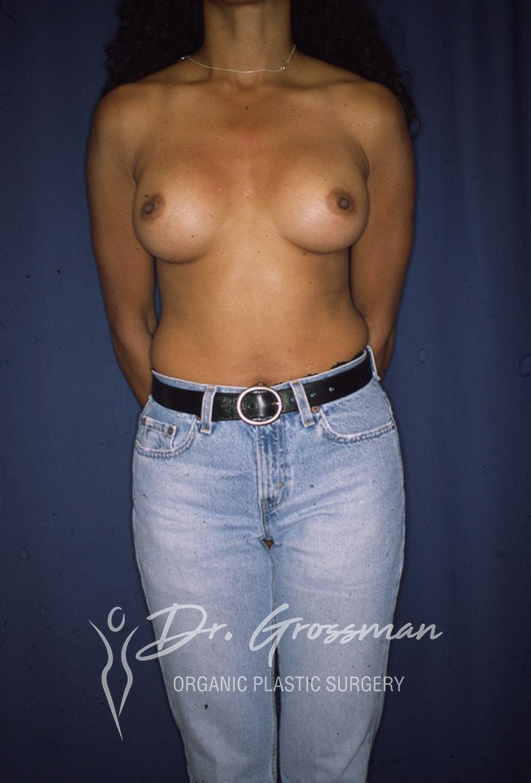
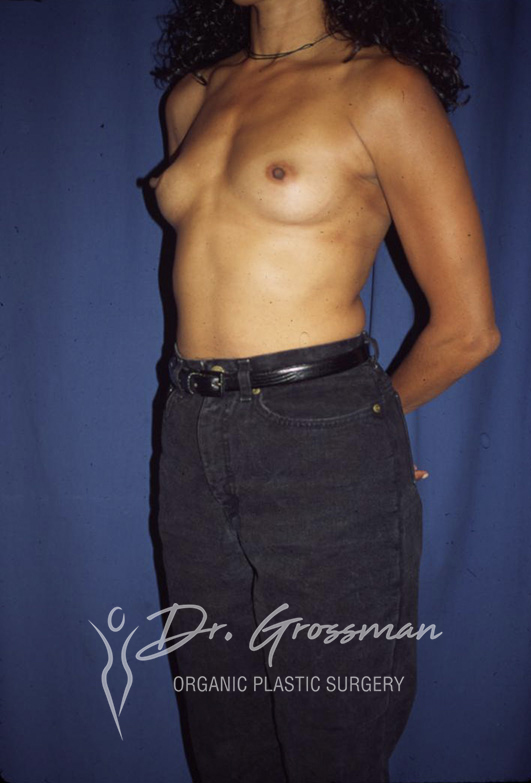
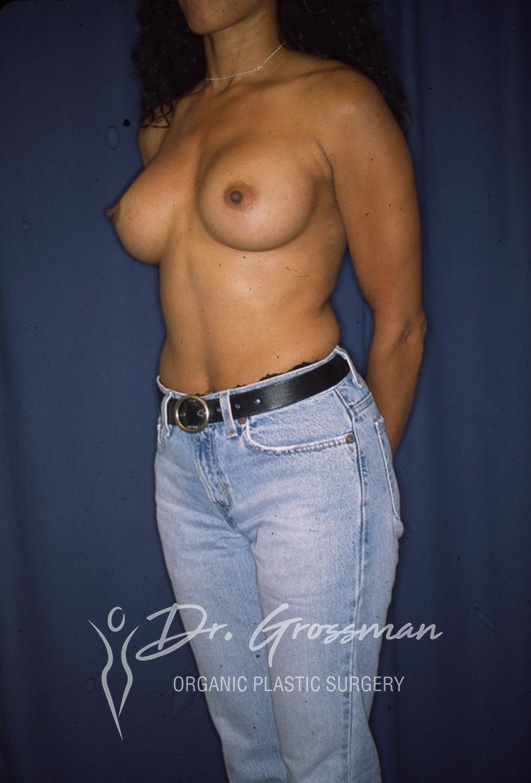
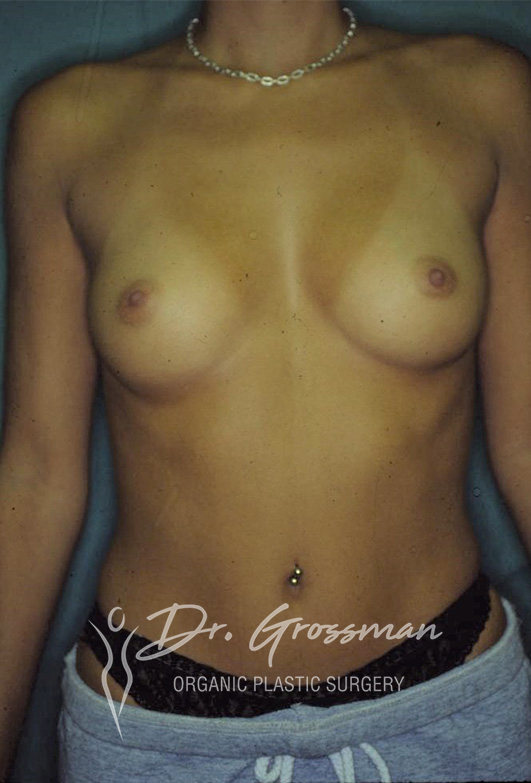
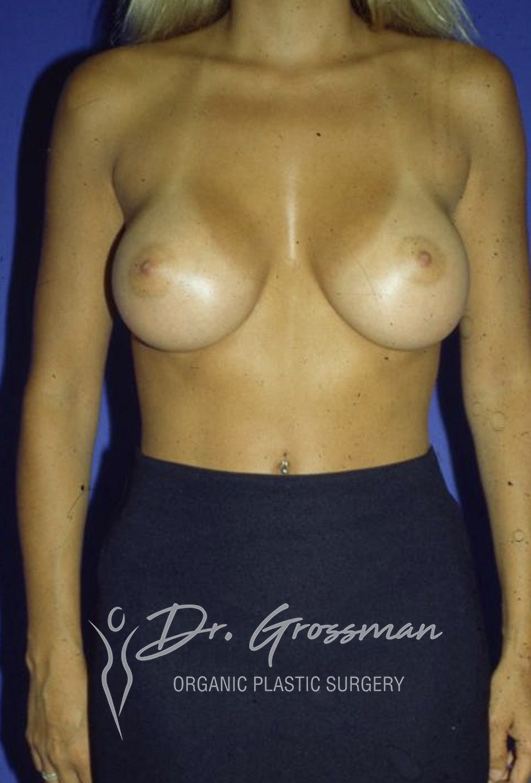
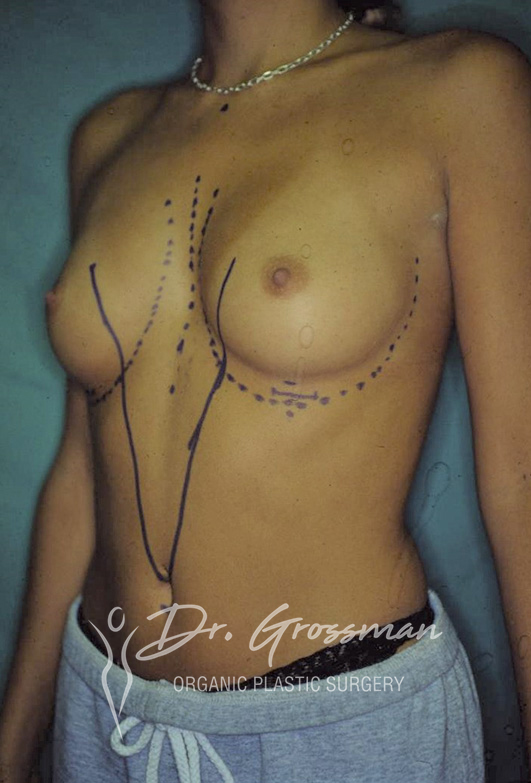
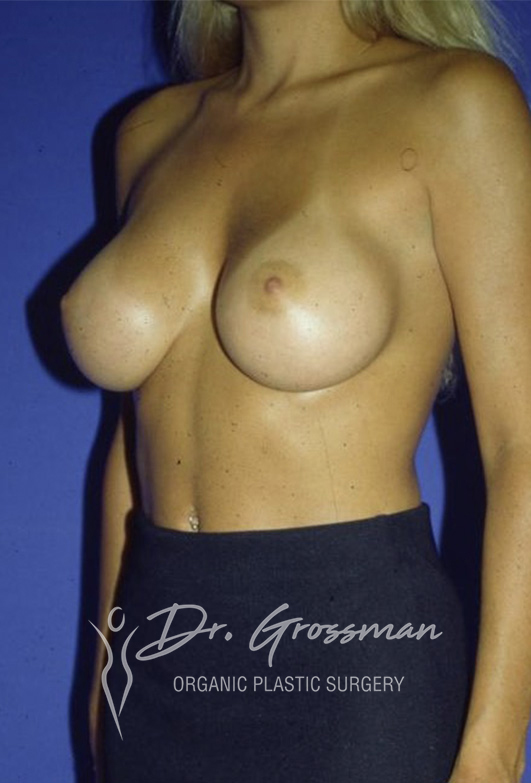
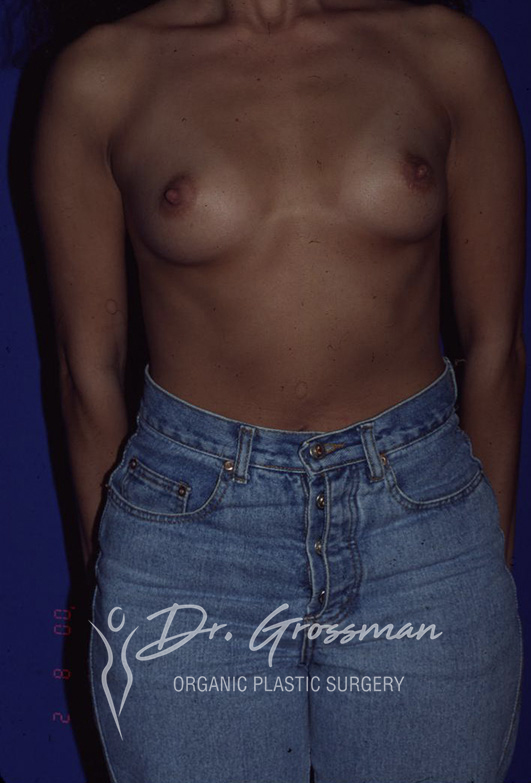
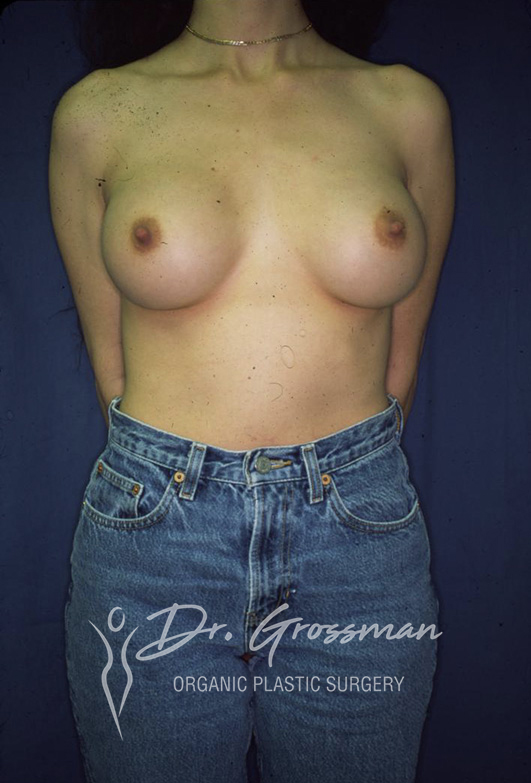
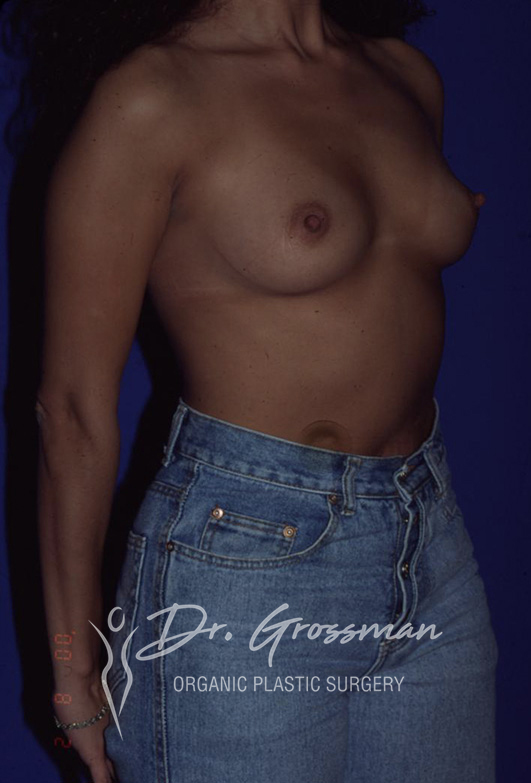
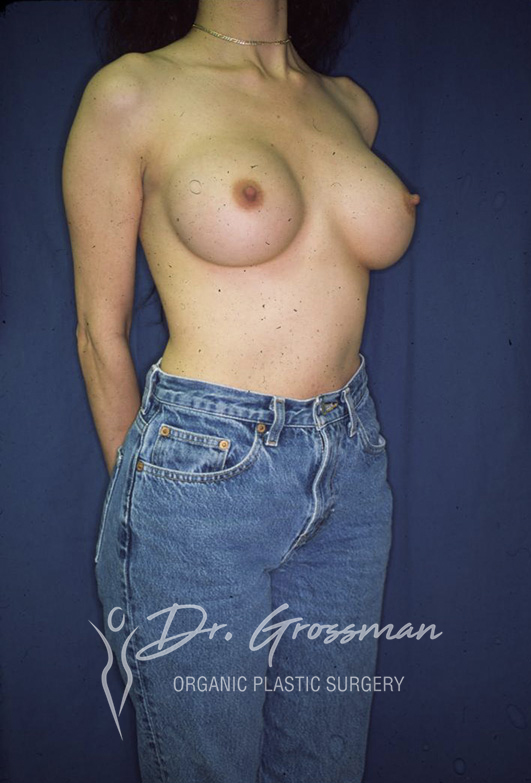
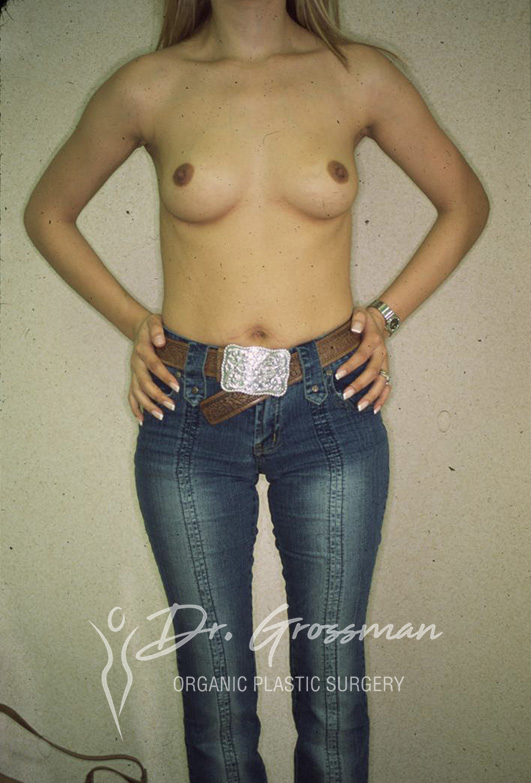
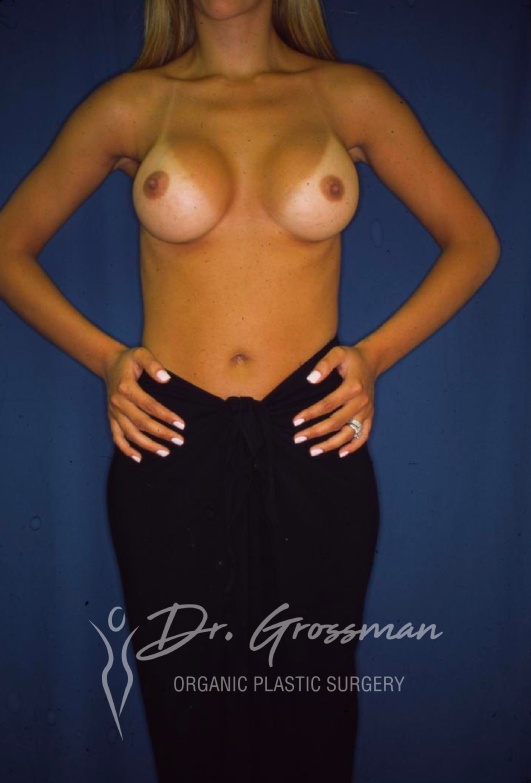
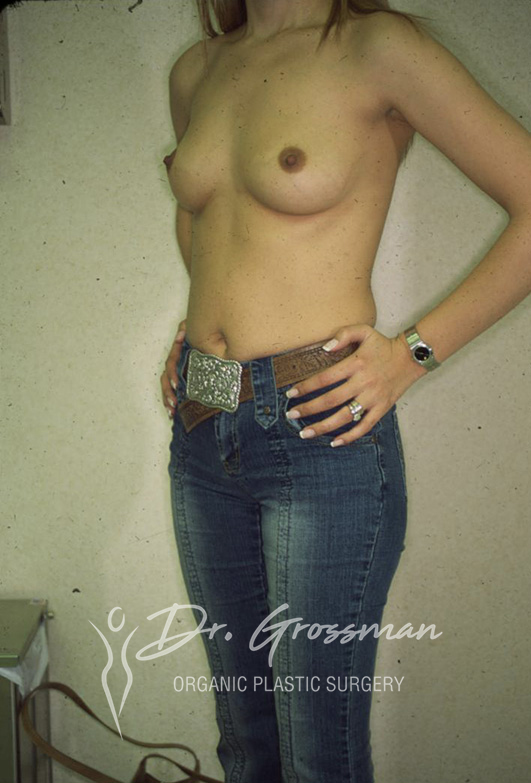
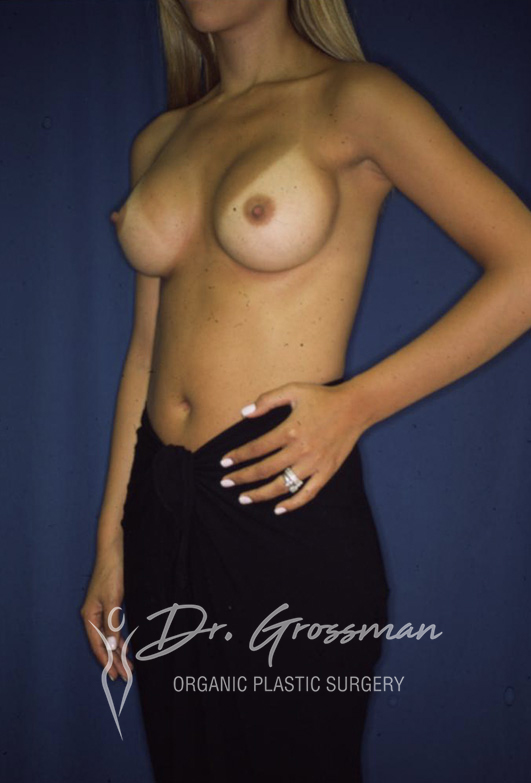
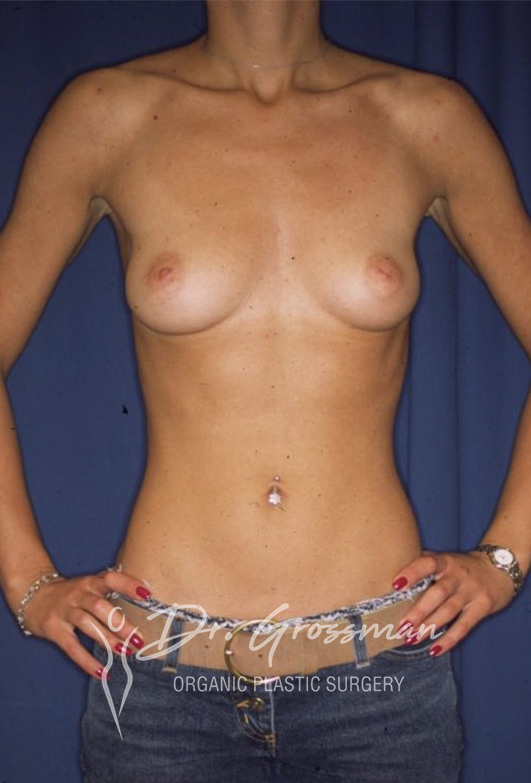
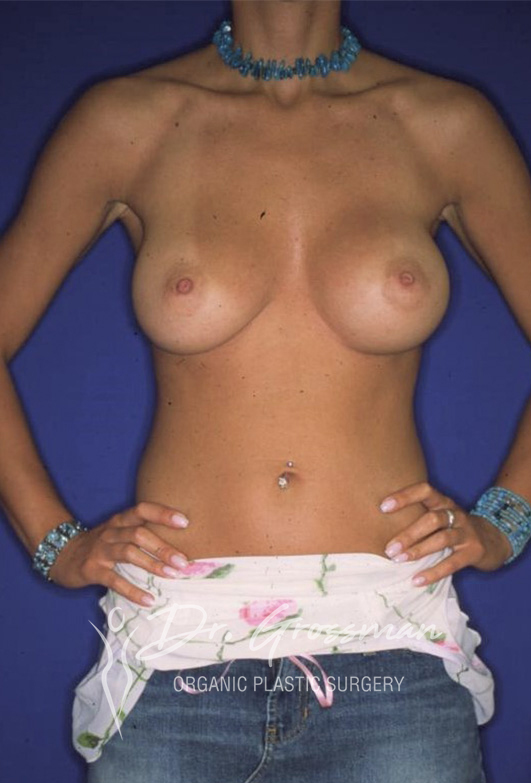
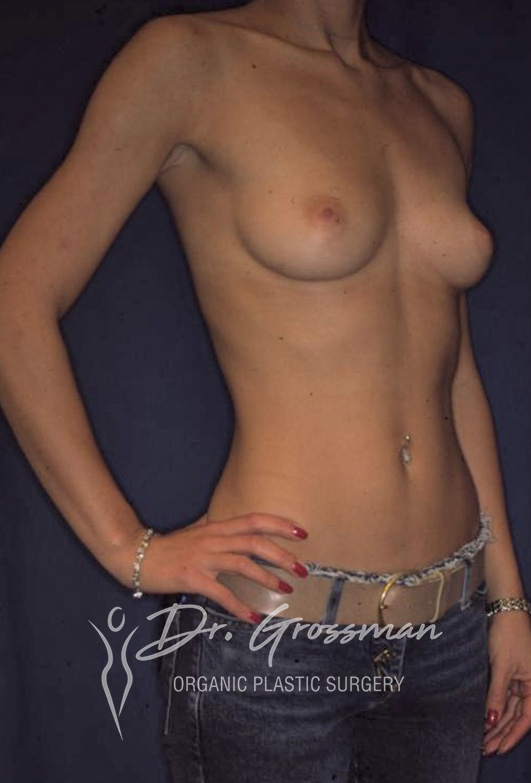
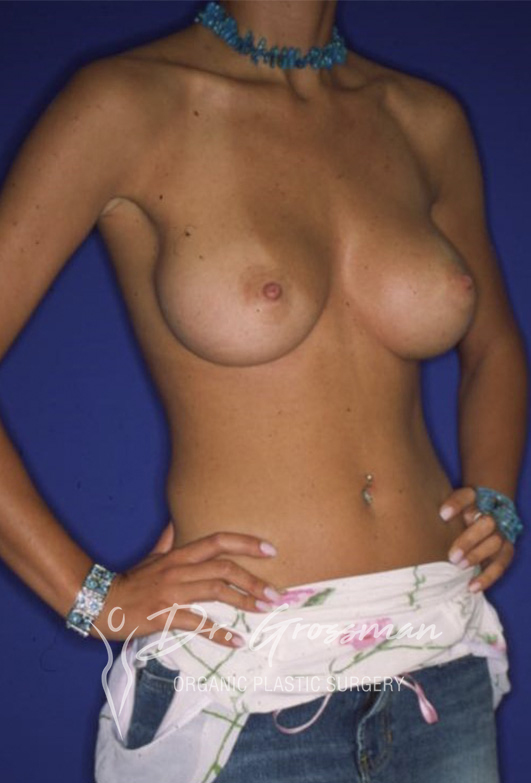
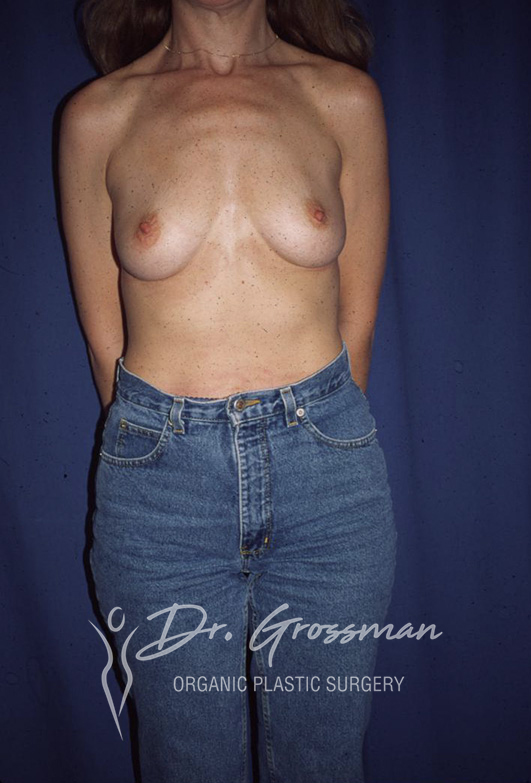
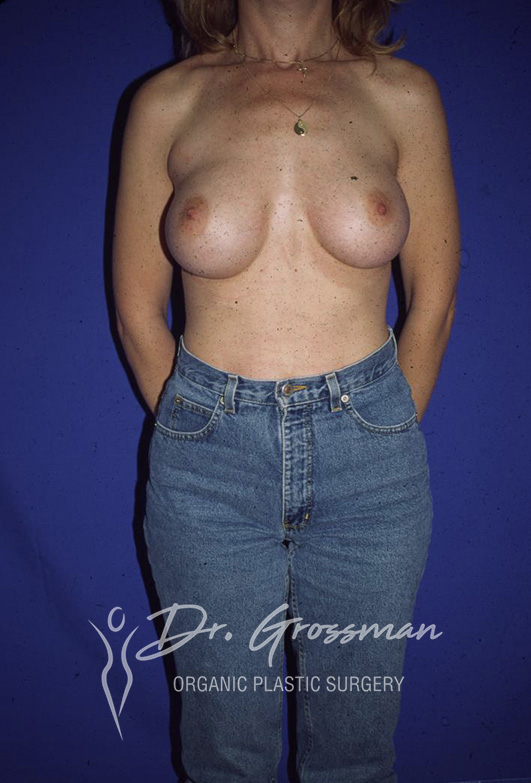
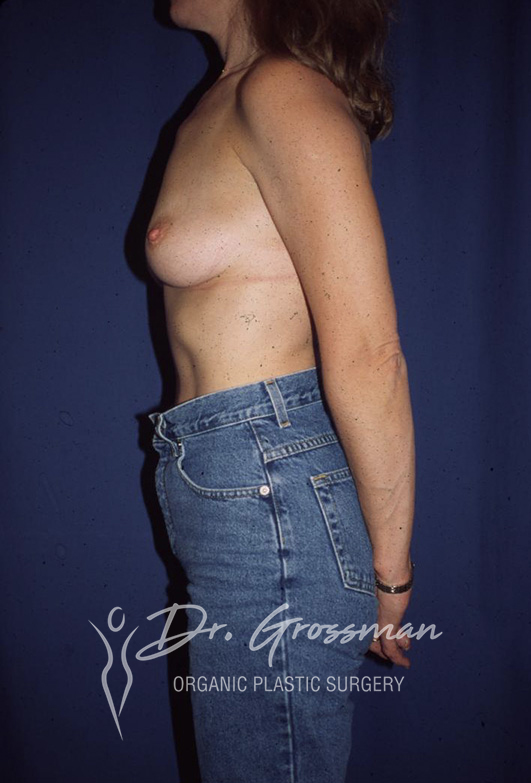
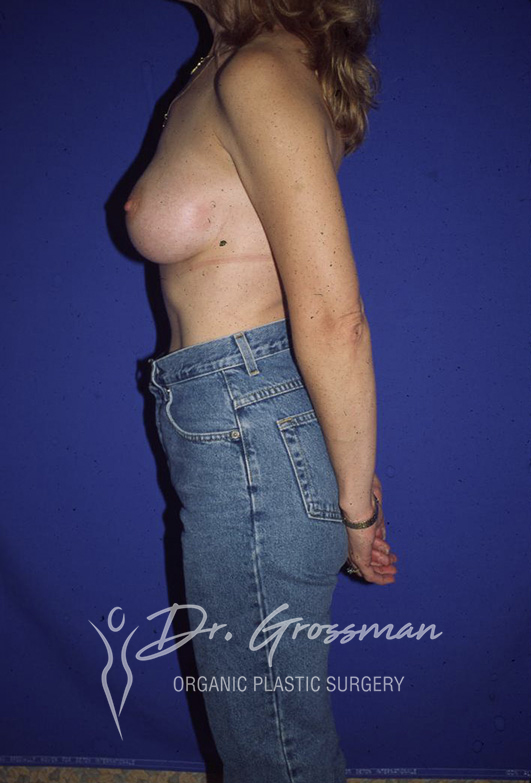
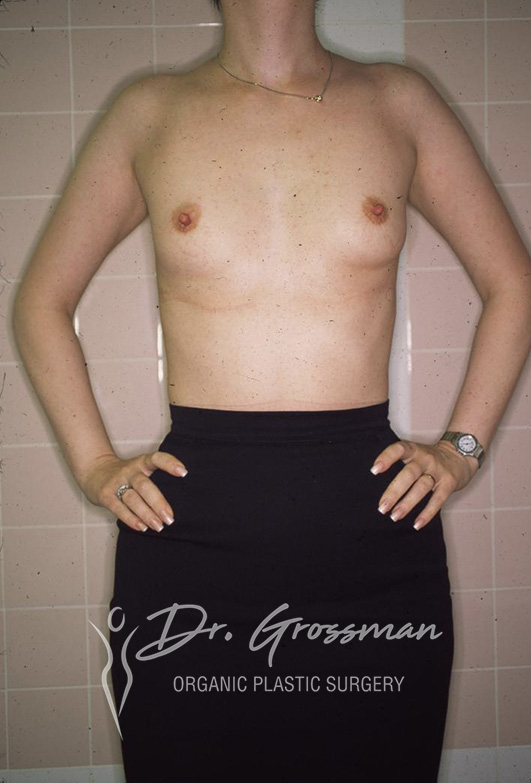
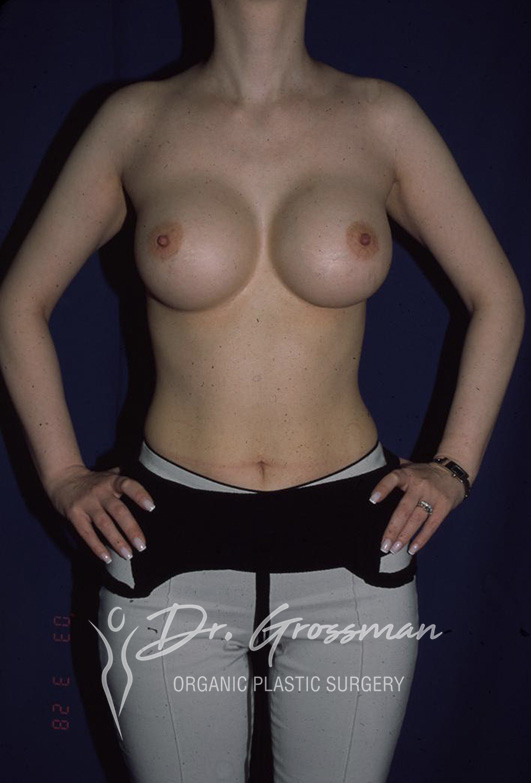
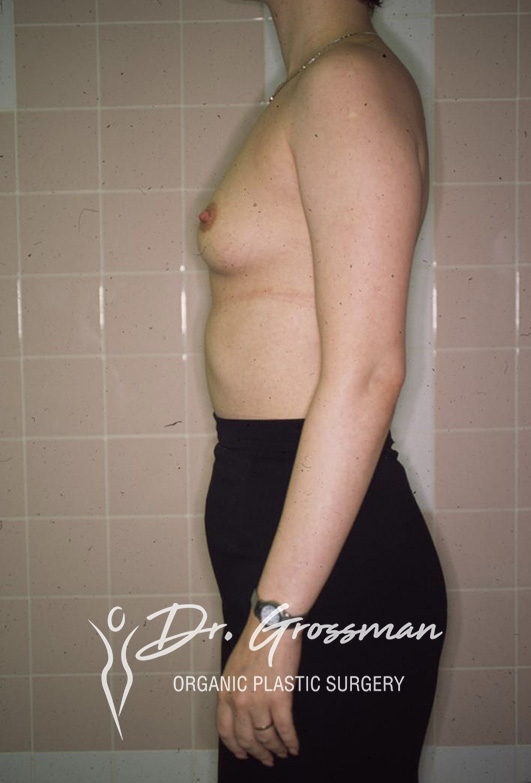
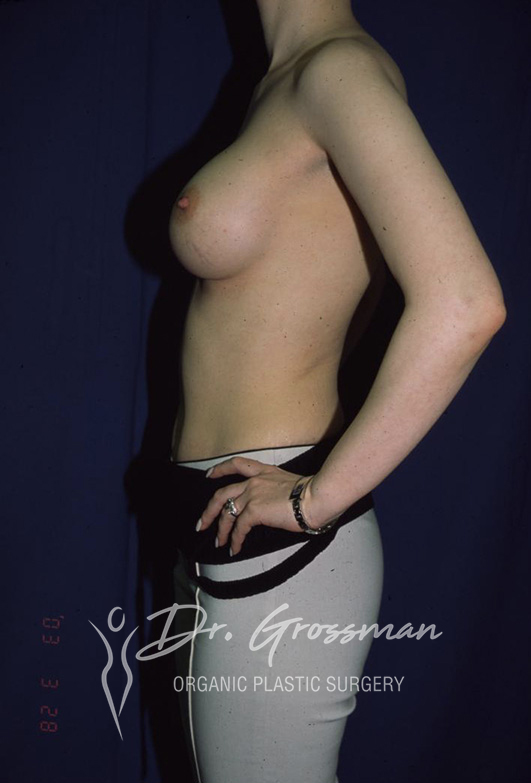
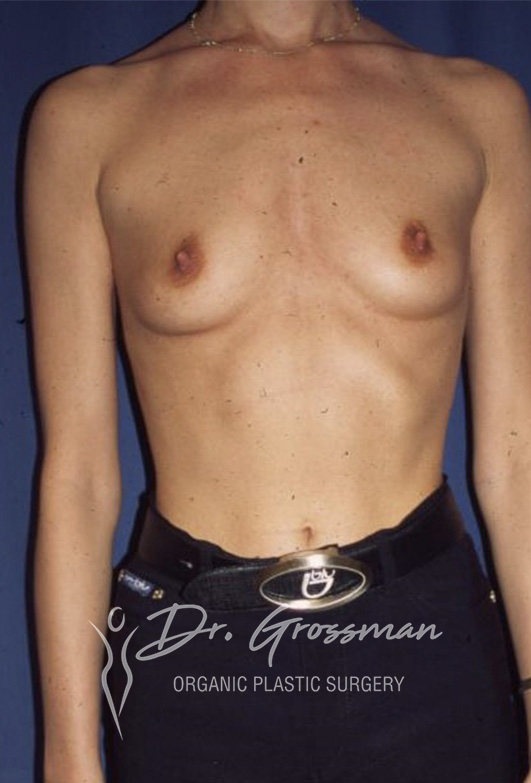
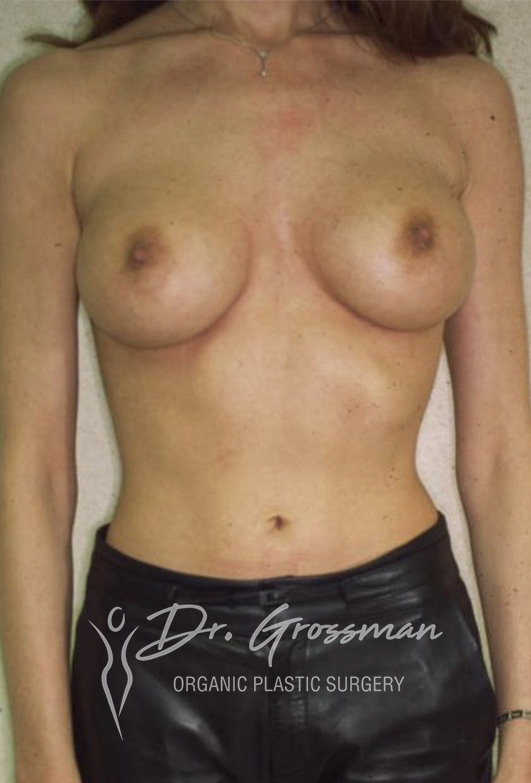
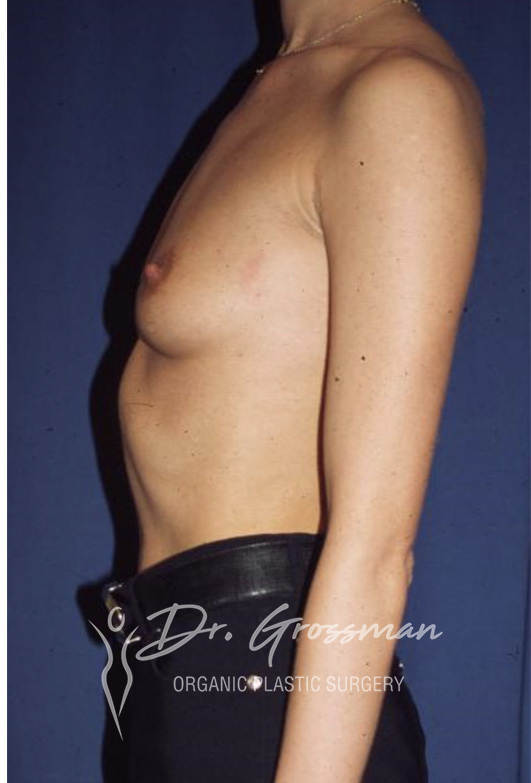
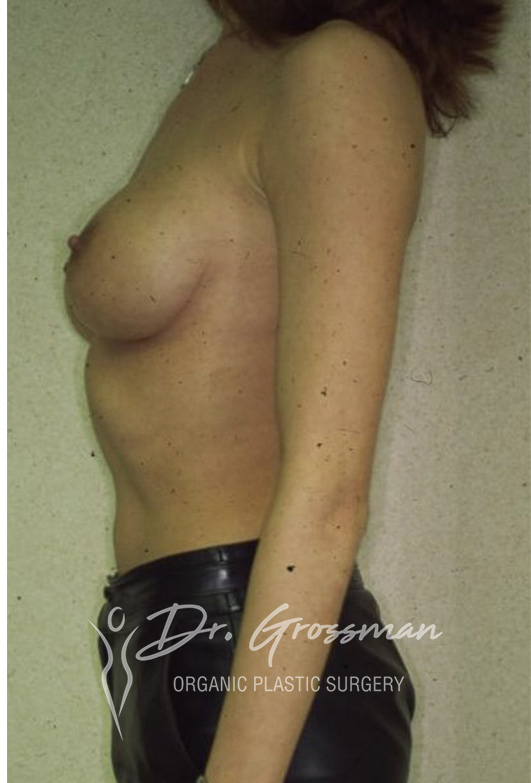
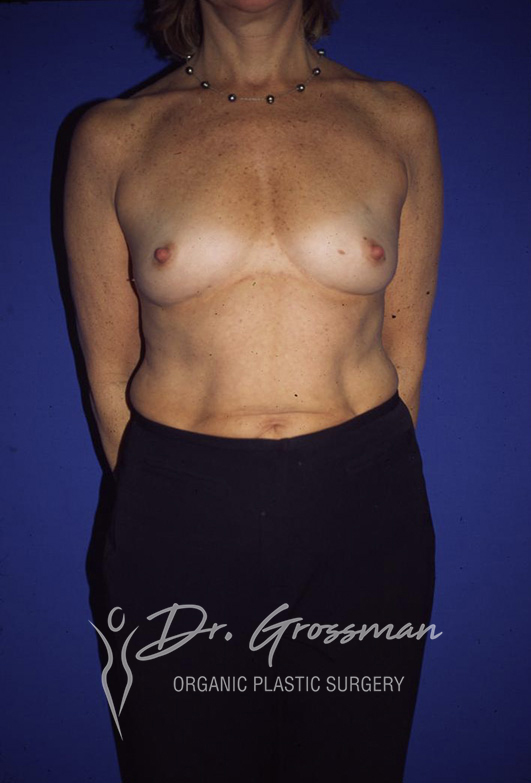
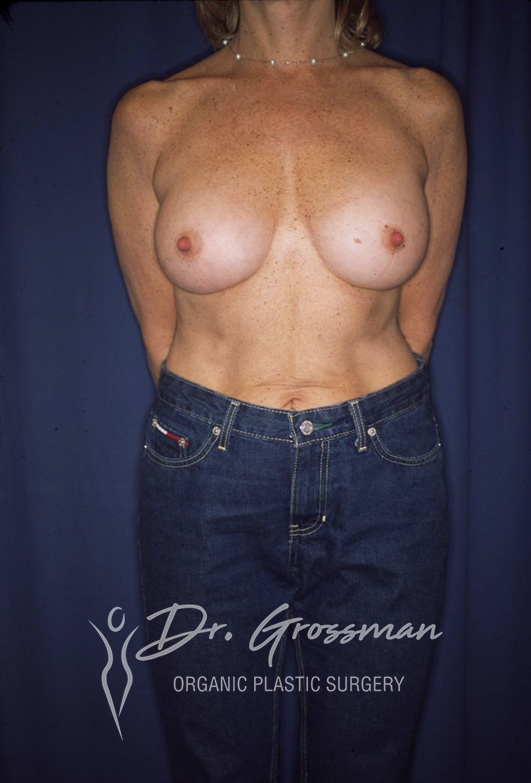
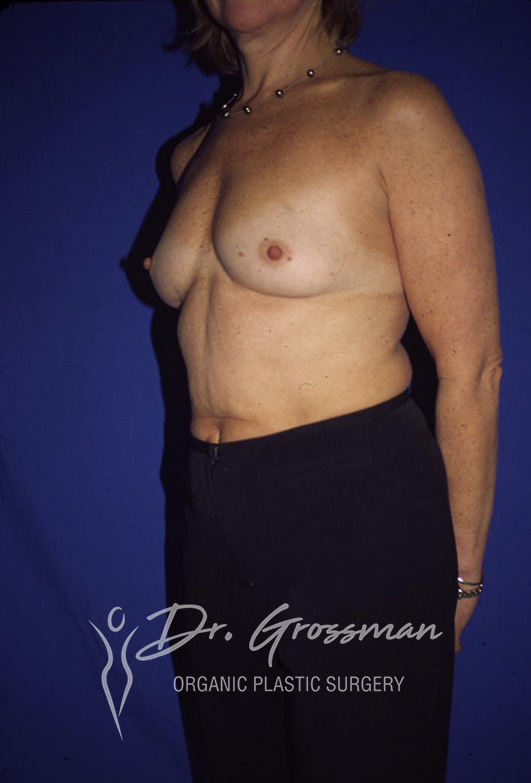
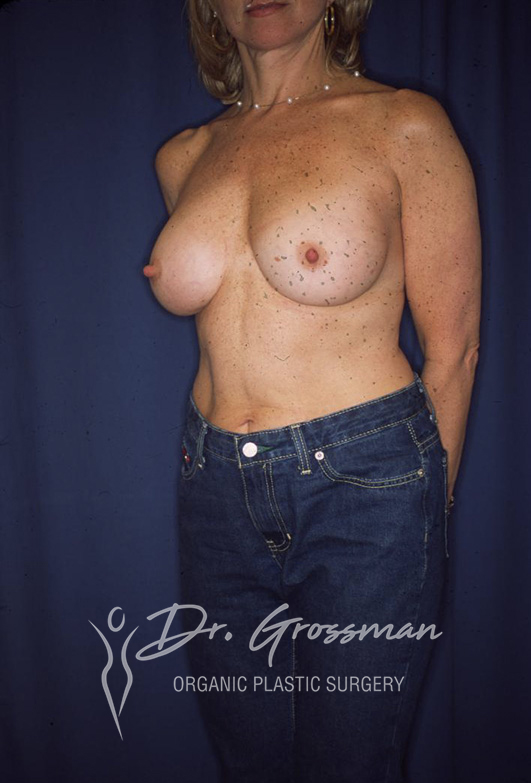
testimonials
Dr. Leonard Grossman, one of world’s most respected and renowned plastic surgeons, is ready to talk with you and answer all of your questions.